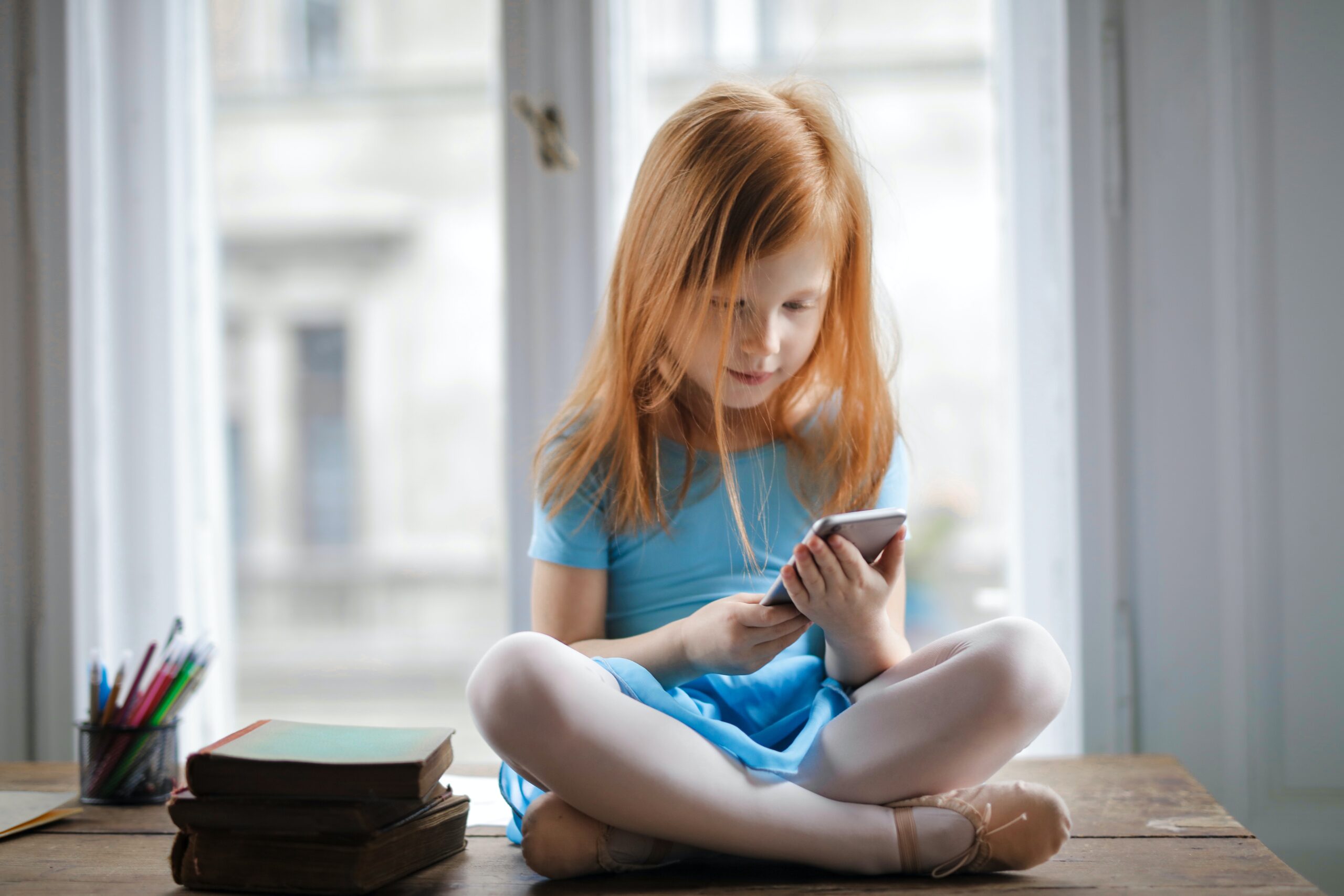Screens Are Not Evil – and Other Truths I Learned During the Pandemic

As a new parent, I read countless articles about how screen time can negatively affect children. The American Academy of Pediatrics advises families to establish an “appropriate balance for media time and consistent rules about media use.” When our daughters were in preschool, my husband and I gave them their first iPads. We later installed an app called Kidslox to automatically shut down the devices after a predetermined length of time.
Our children are now in fourth grade and middle school, and Kidslox feels like a relic from a different era. Earlier this year, as the novel coronavirus pandemic prompted school closures and the cancellation of most in-person activities, I tried – albeit half-heartedly– to enforce our original screen time restrictions. But within days, I gave up. The adults in our household were struggling to get anything done, and the kids were far more interested in scrolling YouTube or having FaceTime conversations with friends than going on nature hikes or coloring with sidewalk chalk.
By summer, our kids’ screen time restrictions had all but disappeared. I felt swamped with guilt, but I wasn’t alone. In conversations with other parents, I noticed a recurring theme: We were worried about how much time our kids spent on their devices, yet we had resigned ourselves to the idea that screen time was a necessary evil.
The pandemic shows no signs of abating, and neither does my children’s fascination with the digital world. I’ve realized my own attitude about screen time needs an update.
Screens Are Just Another Way That Kids Play
Screen time is not a substitute for tactile and physical play and needs to be balanced with other activities. But screens aren’t inherently harmful or addictive. In fact, digital play can benefit children’s development just like real-life play, according to Jordan Shapiro, author of The New Childhood: Raising Kids to Thrive in a Connected World. When my children go online to play their favorite Roblox game, Adopt Me!, they’re communicating with peers, practicing negotiation skills, and discovering new ways to be creative. They are learning to navigate a world in which technological proficiency is not only encouraged, but increasingly expected.
While parents are concerned about their children’s fixation with screens, Shapiro points out that it’s developmentally appropriate for kids to be obsessed with something. Growing up, I didn’t have an iPad or a smart phone, but I did spend a lot of time acquiring porcelain dolls. Other kids amassed collections of Star Wars figurines, Cabbage Patch Kids dolls, or Beanie Babies. Today my daughters love collecting digital pets, from kangaroos to frogs, in Adopt Me!. Their enthusiasm for the process reminds me of my own.
Be Curious, Not Combative
Even though screen time can be beneficial, it’s important to set limits. Enforcing these rules can lead to a frustrating tug-of-war between parents and kids. I’ve learned that my own attitude can fuel or mitigate that conflict.
In our family, we put devices away during dinner and before bedtime. One evening, when I told my nine-year-old to turn her screen off, she protested. “But I want to finish this video!”
My instinct was to yank the device away. But when I saw that there were only a few minutes left in the video, I tried a different strategy: What if we watched the rest of it together?
She agreed and we finished the clip, which illustrated how to “glitch build” a sky castle using hidden spaces within Roblox. I asked my daughter to explain some of the concepts from the video, and she shared what she was planning to build. We got so engaged in the conversation that she barely noticed when I put her screen away.
When I treat my children’s devices as something I need to control and conquer, my kids and I are more likely to be at odds. Taking a gentler, more curious approach helps us communicate better and also makes it easier for me to reinforce family screen time norms.
Screen Time Can Be Family Time, Too
What happened to my wholesome visions of nature walks and art projects at the beginning of the pandemic? We do enjoy these activities from time to time, but I’ve learned there are many ways families can connect – and screen time can be one of them. I discovered this firsthand over the summer when my children persuaded my husband and me to join them in playing Adopt Me!.
Despite my initial concerns about screen time, soon I began to look forward to our family gaming nights. Our sessions became a new shared experience and reprieve from the uncertainty of the world. When we play together, we share strategies and laughs, and even process emotional highs and lows, all because of something I’d been convinced was evil.
“If you told me a year ago that we’d all be huddled in a room playing an online game together, I wouldn’t have believed you,” my husband said recently, and I agree. In the rollercoaster of 2020, family screen time has been an unexpected gift.

 Gina Rich
Gina Rich